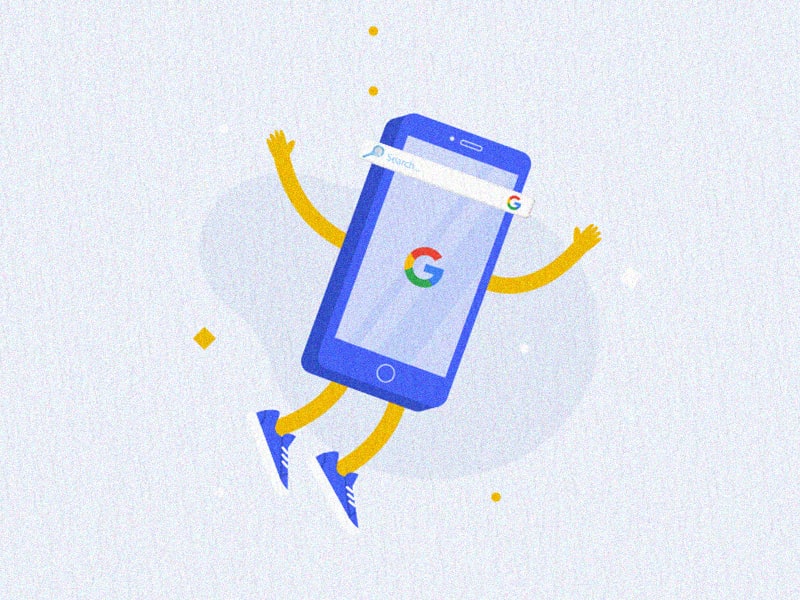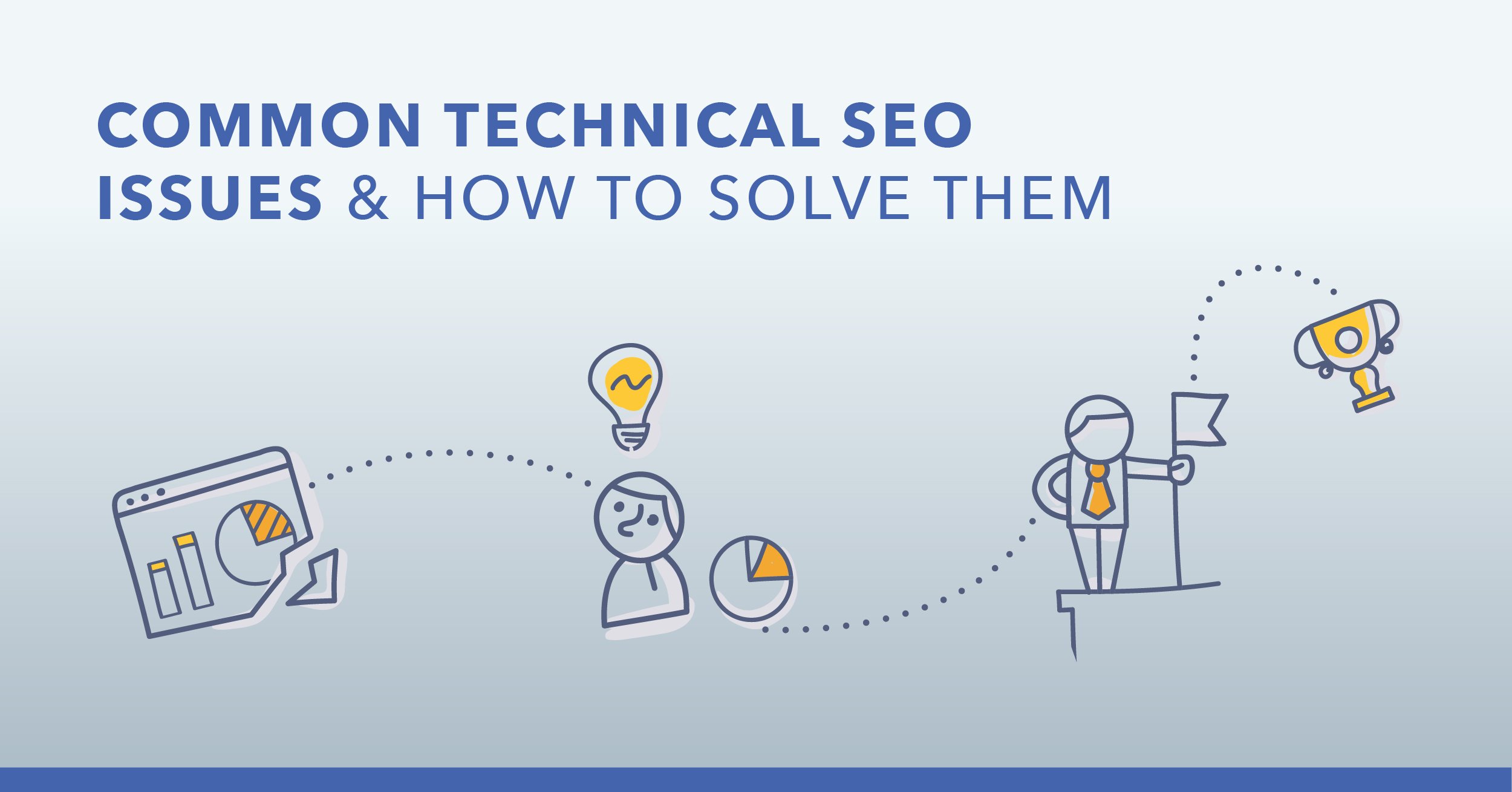Mobile-first indexing has changed how Google ranks websites. It prioritizes mobile versions for indexing and ranking.
This shift has brought challenges and opportunities for webmasters. Understanding mobile-first indexing issues is crucial for optimizing websites. Many sites face visibility and ranking problems due to inadequate mobile optimization. These issues demand technical SEO solutions to ensure sites perform well in search results.
As mobile usage continues to rise, ensuring your site is mobile-friendly is essential. Mobile-first indexing means Google uses the mobile version of your site for ranking. Sites not optimized for mobile can suffer in search results. Technical SEO solutions can address these issues. They improve site performance and visibility. By focusing on mobile-first strategies, you can ensure your site stays competitive. Embrace the change. Optimize for mobile. Enhance your SEO tactics.
Introduction To Mobile-first Indexing
Mobile phones are everywhere today. People use them for everything. This means more mobile searches than desktop ones. Mobile-First Indexing is how Google sees sites. It looks at the mobile version first. This is because most users are on phones. So, your site must be mobile-friendly. If not, you might lose visitors. This change affects SEO strategies a lot.
More people use phones than computers now. Phones are easy to carry. You can use them anywhere. This rise in mobile use changes websites. They need to be fast and easy on phones. If a site is slow, users leave. A good mobile site keeps them. Fast-loading pages are important. This helps users and your site's rank.
SEO helps your site appear in searches. With mobile use growing, SEO changes. A site must be easy on phones. Use clear, short headings. Keep text simple. Images should load fast. Keywords need to fit mobile searches. This way, your site stays on top. A mobile-friendly site is key for success.

Credit: firstpagesage.com
Common Mobile-first Indexing Issues
Sometimes the content on mobile is different from desktop. This can confuse search engines. It makes websites rank lower. Ensure the content is the same on both devices. Use the same text, images, and links. Check regularly for any differences. Keep your mobile site updated. This helps in better indexing.
Slow pages can frustrate users. They might leave your site. Fast loading times are important. Use smaller images. Optimize the code. Reduce redirects. Use browser caching. Tools like PageSpeed Insights can help. Aim for a fast, smooth user experience. This keeps visitors happy. It also helps in better search rankings.
Technical Seo Solutions For Indexing Problems
Slow pages hurt your site. Faster loading pages attract users. Compress images to speed up your site. Minimize JavaScript and CSS files. Use browser caching for quick access. Optimize server response times. Reduce redirects to enhance speed. Aim for lightweight pages that load quickly. Every second counts.
Content must match across devices. Mobile content should be the same as desktop. Keep titles and descriptions consistent. Use the same headings on all versions. Avoid missing information on mobile. Check that images appear properly on phones. Ensure all links work. Consistency builds trust. It helps search engines understand your site.

Credit: www.specbee.com
Addressing Mobile Usability Challenges
Responsive design helps users on phones and tablets. It makes websites look good on all devices. Text stays readable on small screens. Images fit without getting cut off. Links are easy to tap with fingers. No need to zoom or scroll sideways. It gives a smooth experience. This is important for mobile-first indexing. Google likes sites that are mobile-friendly. They rank higher in search results.
User experience is key for keeping visitors happy. Websites should load fast. Slow pages make users leave. Navigation should be simple. Users must find things easily. Use clear menus and buttons. Content should be easy to read. Short paragraphs help. Use larger fonts for easy reading. Ensure interactive elements work on mobile. This boosts engagement and reduces bounce rates.
Structured Data And Mobile Indexing
Schema markup is crucial for mobile indexing. It helps search engines understand your content. This means better rankings for your site. Mobile users can find what they need quickly. Easy and fast, just like it should be.
Making your site mobile-friendly is key. Don't forget to test your schema markup. Errors can hurt your rankings. A clean, error-free site is best. Keep it simple for mobile users. They will thank you for it.
Schema markup boosts your site's visibility in search results. Mobile users benefit from clear and accurate information. This markup helps search engines display your content better. More clicks mean more traffic. Simple, yet effective.
Using schema markup enhances mobile search results. It offers users quick answers. This visibility is essential for mobile success. Clear, concise information is key. Users appreciate fast and easy results. Your site can shine on mobile devices.
Monitoring And Testing Mobile Performance
SEO tools help check mobile site performance. They show if a site is fast. Speed is important for mobile users. Tools like Google PageSpeed Insights are helpful. They give tips to make sites faster. Mobile-friendly tests check if a site is easy to use. They look for issues that might annoy users. Fixing these helps keep visitors happy.
Regular audits find issues with mobile sites. They check for broken links or slow pages. Audits help spot errors early. Fixing errors keeps sites in good shape. A well-maintained site is good for users. It also helps search engines rank the site better. Regular checks ensure smooth performance for all visitors.
Best Practices For Mobile Seo
Mobile content should be the focus. It must be clear and easy to read. Images should load fast. Text needs to be short. Use bullet points for lists. Break big paragraphs into small ones. Make sure links are easy to tap. Buttons should be big enough. Always test how your site looks on phones.
AMP pages are super-fast. They help pages load quickly. Google likes fast pages. AMP is easy to set up. It can boost your site's speed. Use AMP for your most important pages. Make sure AMP pages have all the main content. Test your AMP pages often.

Credit: www.seoclarity.net
Future Trends In Mobile-first Indexing
AI helps with mobile SEO. It learns and adapts fast. AI makes sure websites load quickly. This is important for mobile users. AI tools also improve user experience. They make sites easy to read and navigate. AI can even predict what users want. This helps in showing the right content.
Voice search is growing. Many people use it daily. Websites must be ready. Use simple words and short sentences. This helps search engines understand. Also, focus on local content. Many voice searches are local. For example, "near me" searches. Lastly, test your site often. Make sure it works with voice search.
Frequently Asked Questions
What Is Mobile-first Indexing In Seo?
Mobile-first indexing means Google primarily uses the mobile version of a site for ranking and indexing. It reflects the shift towards mobile usage. Ensure your website is mobile-friendly to improve SEO performance and visibility in search results. This approach enhances user experience on mobile devices.
What Is Indexing In Technical Seo?
Indexing in technical SEO involves search engines storing and organizing web pages. This process helps in retrieving them during relevant searches. Proper indexing ensures your site appears in search results, increasing visibility and traffic. Optimize your site structure and content to facilitate effective indexing.
Does Google Prioritize Mobile-first Indexing?
Yes, Google prioritizes mobile-first indexing. It primarily uses the mobile version of content for ranking and indexing. Ensure your website is mobile-friendly to improve visibility. Mobile-first indexing reflects the growing trend of mobile device usage. Optimize your site for mobile to boost SEO performance.
How Would You Ensure A Website Is Optimised For Mobile-first Indexing?
Ensure a responsive design for seamless mobile display. Optimize site speed and improve loading times. Simplify navigation for mobile users. Use structured data for better indexing. Test frequently with mobile-friendly tools.
Conclusion
Mobile-first indexing impacts your site's visibility. Addressing these issues is crucial. Prioritize responsive design. Ensure fast loading times. Focus on optimizing mobile user experience. Regularly check Google Search Console for errors. Fix broken links and redirects promptly. Optimize images for mobile.
Keep content concise and relevant. These steps enhance your site's performance. Improve mobile SEO strategies to increase traffic. Stay updated with Google's guidelines. Remember, a mobile-friendly site benefits both users and search engines. Your proactive approach ensures better rankings. Keep refining your strategies for continued success.